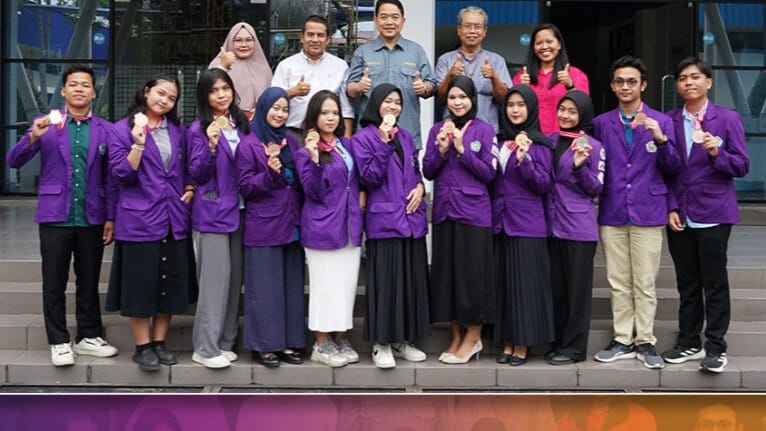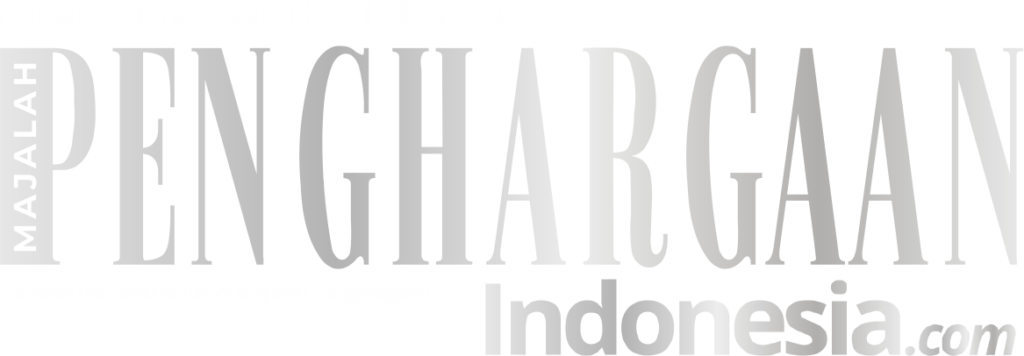When ChatGPT made its debut in late 2022, it captured the imagination of countless industries looking to streamline operations and boost productivity. Among the early adopters was Anurag Garg, the founder of Everest PR, a boutique public relations agency. With an 11-person team spread across the US and India, Garg saw the AI tool as a golden opportunity to keep his firm competitive. His vision was simple: incorporate AI into daily workflows, from client brainstorming sessions to drafting media pitches and transcribing interviews. However, the promise of effortless efficiency quickly turned into a source of stress for his staff.
Instead of speeding up tasks, ChatGPT became a bottleneck. Employees spent valuable time constructing detailed prompts for the AI and, even worse, found themselves correcting frequent errors in the output. What should have simplified their daily operations was now making the team feel overworked and inefficient. Each new update to the AI tool only added to their frustration, as they had to relearn the platform’s features. As a result, productivity dropped, and the initial excitement surrounding AI adoption turned to exhaustion.
“There were too many distractions,” Garg explained. “The team complained that their tasks were taking twice as long because they were expected to use AI tools, and it just wasn’t helping.” The reality of AI integration was far from the seamless, efficient dream that many had envisioned. Instead, it was creating more work for everyone, adding layers of complexity to what had previously been straightforward tasks. The increased workload, coupled with the learning curve required to adapt to the rapidly evolving technology, led to a palpable sense of burnout.
Even as the leader of the agency, Garg wasn’t immune to the overwhelming pressure AI introduced. Besides ChatGPT, he had adopted additional tools like Zapier to track his team’s tasks and Perplexity to assist with research. But rather than offering a holistic solution, these tools created their own set of challenges. “There’s an overflow of AI tools in the market, and no single tool solves multiple problems,” Garg said. “I constantly had to keep track of which tool was supposed to do what, and I became utterly frustrated.”
For Garg, this led to a tough decision: pull back on the mandate that AI be used in every aspect of the business. Instead, his team returned to a more selective approach, using AI primarily for research. “It was a learning experience,” Garg reflected. “Now, we’re not using too many AI tools, and work has become more manageable. The team feels more connected to their tasks, and overall, the environment is much happier.”
Garg’s experience with AI isn’t an isolated case. A growing body of research suggests that many workers are struggling with similar issues. A survey by Upwork, which gathered data from 2,500 knowledge workers in the US, UK, Canada, and Australia, found that while 96% of executives expected AI tools to increase productivity, 77% of employees felt that AI was having the opposite effect, making their work more time-consuming. Nearly half of the respondents admitted they didn’t know how to meet the heightened productivity expectations associated with AI, and over 60% believed AI would increase their chances of experiencing burnout.
This problem seems especially acute among younger workers. According to a separate survey conducted by Resume Now, 87% of people under the age of 25 believe AI will exacerbate burnout. The study also revealed that 43% of respondents fear AI will negatively impact their work-life balance. As AI tools become increasingly integral to business operations, employees are left wondering whether the benefits outweigh the mounting pressures.
These concerns are not limited to the tech-savvy industries. A report from Asana, a work management platform, highlights the impact of app overload on workers’ efficiency. Of the 9,600 workers surveyed across the US, UK, France, Germany, Japan, and Australia, those juggling six to 15 apps at work reported missing important messages due to the volume of notifications. Those using 16 or more apps reported a sharp decline in focus and attention as they constantly shifted between platforms. It became clear that while AI and other tech tools offer immense potential, they can also overwhelm employees and detract from the very productivity they are meant to enhance.
For some professionals, the pressures of AI extend beyond day-to-day tasks. Leah Steele, a lawyer turned burnout coach, works with legal professionals who feel overwhelmed by the demands of AI-powered tools in their workplace. “The biggest challenge I’m seeing is this relentless push to do more with less,” says Steele. “Law firms are introducing AI to increase efficiency, but they’re not taking into account the mental and emotional toll these tools can take on their employees.” In Steele’s own career, she recalls how the introduction of a new AI platform led to a dramatic increase in her caseload, rising from 50 to 250 clients. The stress was overwhelming, and she now dedicates her time to helping others avoid a similar fate.
Steele notes that burnout isn’t just about the volume of work. It’s also about losing connection to the meaningful aspects of a job. “People enter professions like law to make a difference, to interact with clients and help them on a personal level. But when your work becomes driven by AI and tech tools, it’s easy to feel like you’ve lost that personal connection,” she says. For many workers, the risk of being replaced by AI further compounds their stress. “The fear of losing your job is real,” Steele adds. “When your work becomes automated, it can feel like your role is being diminished.”
The legal industry isn’t the only sector grappling with these challenges. In fact, many professionals across industries are feeling the same sense of unease. The Law Society of England and Wales recently emphasized the need for better support from leadership when introducing new technologies. “While AI can make legal work more efficient, it often creates more work for lawyers,” says Richard Atkinson, president of the Law Society. “Learning to use these tools takes time, and many technologies weren’t originally designed for the legal sector, which makes adoption even more challenging.”
Yet for all the stress AI brings, it’s undeniable that these tools have their advantages, especially for smaller businesses and startups. Alicia Navarro, founder of Flown, a platform that promotes “deep work,” believes that AI, when used correctly, can be incredibly empowering for companies with limited resources. “There’s an avalanche of AI tools out there, and it takes time to filter through and learn them,” Navarro says. “But for startups, AI can enable them to do a lot more with less. It’s an empowering tool if applied wisely.”
As AI continues to shape the future of work, companies will need to find a balance between leveraging its capabilities and protecting their employees from the unintended consequences of over-reliance on technology. What’s clear is that AI is a double-edged sword—it can either unlock new levels of efficiency or push workers to the brink of burnout. The key will be finding a middle ground where AI enhances human productivity without overwhelming the workforce.









